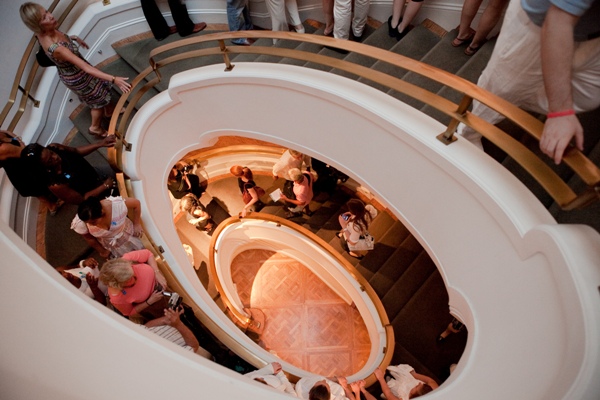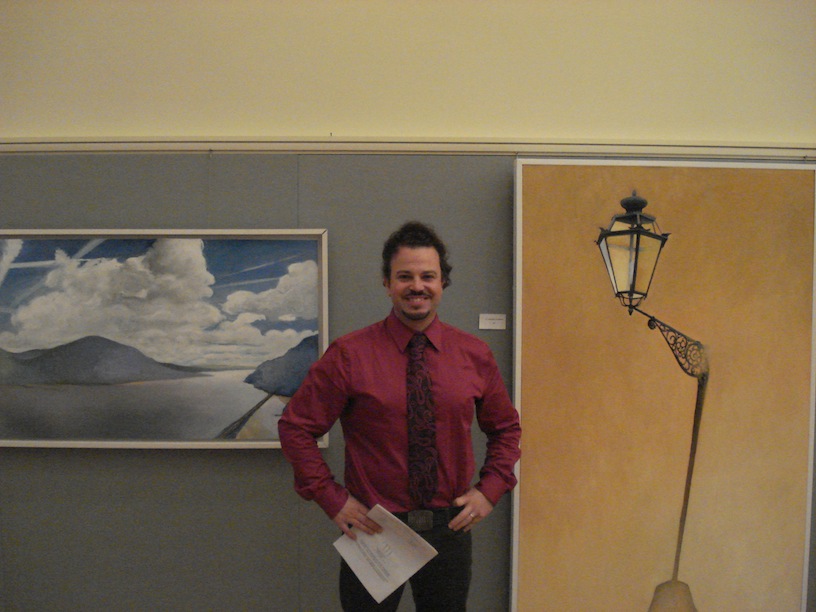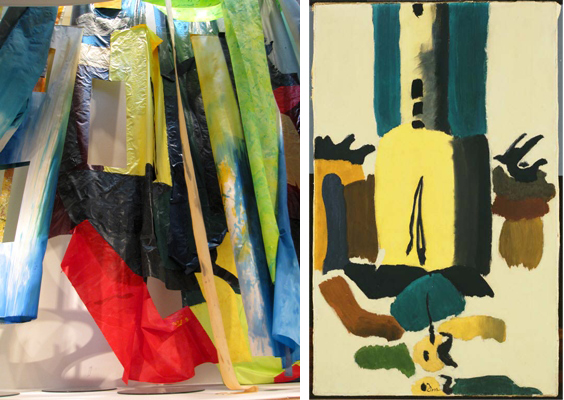
Visitors converge at a Phillips after 5. (Photo by Chris Svetlik)
Isabelle Spicer: Nowadays, local museum-goers don’t visit museums just to look at art. They go to social events, for networking… I think that may be why Phillips after 5 is so popular. What is your vision of the museum of the 21st century?
Dorothy Kosinski: We live in a very dynamic environment, filled with change. At this moment, no institution can assume that people will find it adequate to communicate with a written letter. Therefore, we are on Facebook, we tweet, you can find the Phillips on YouTube. We are constantly trying to reinvent our Web site.
Our whole interface with our community is in constant transformation. That is a big challenge, and similarly, our presentation of art, our education through art, has become multi-layered. We collaborate with DJs, artists. There is a rich tradition of people enjoying conviviality and a social environment at the Phillips. The Phillips after 5 program was created decades ago, though under a different name.
It’s fascinating to see how people come to network, have a little wine, have a bite to eat; they are always in the galleries. They like the program and enjoy experiencing art in a different context. Maybe the 21st century museum has to be what Duncan Phillips envisioned, an experiment station. It has to be a piazza, a meeting place. It’s a place that brings people together. It is a very important function that the museum has to play in the 21st century.
–Isabelle Spicer, Volunteer
This interview was first published in French on the blog Délit d’initié. To read the full interview in French, click here.



